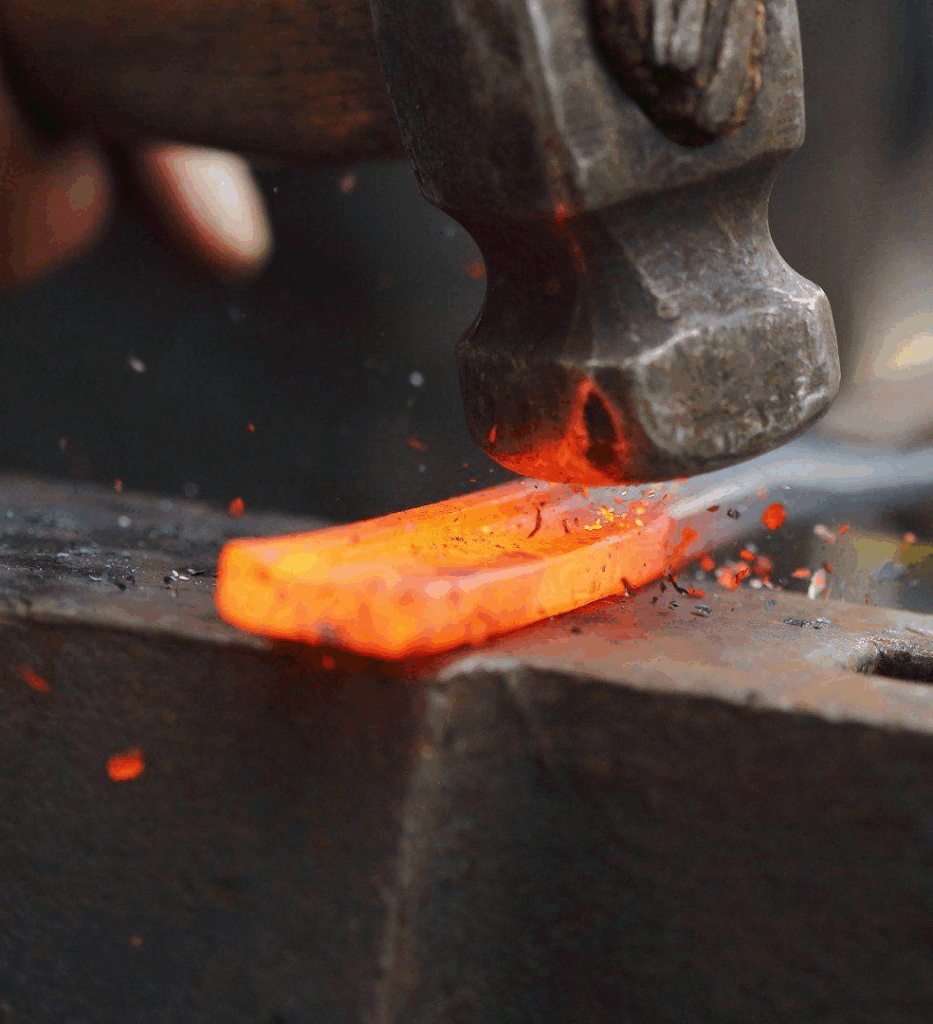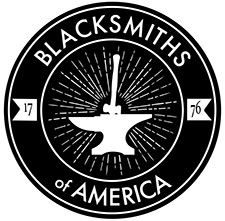Blacksmithing Classes
Discover the Heat of Creativity
Blacksmithing is a timeless craft that transforms raw metal into functional and artistic creations through fire, hammer, and anvil. For those eager to try their hand at this ancient art, blacksmithing classes offer an exciting opportunity to learn, create, and connect with a vibrant community of artisans. At Blacksmiths of America, we’re passionate about helping you find the perfect class to ignite your creativity. Lets explore the variety of blacksmithing classes available, what participants can expect, and how blacksmithsofamerica.com can help you find a class in your area.
Not All Are the Same
Blacksmithing classes come in many forms, catering to different skill levels, interests, and goals. Whether you’re a complete beginner or an experienced smith looking to refine your techniques, there’s a class for you. Here’s a look at the diversity of blacksmithing classes:
- Beginner Workshops: Designed for novices, these classes introduce the basics of blacksmithing, such as forging, hammering, and heat control. Participants often create simple items like hooks, bottle openers, or keychains to build confidence.
- Intermediate and Advanced Courses: For those with some experience, these classes focus on complex techniques like forge welding, tool-making, or crafting intricate items such as knives or decorative pieces.
- Specialized Classes: Some classes dive into specific areas, like bladesmithing (forging knives or swords), ornamental ironwork (creating decorative scrolls), or historical blacksmithing (replicating period techniques).
- Project-Based Classes: These sessions center on crafting a particular item, such as a fireplace toolset, garden art, or a small piece of furniture, allowing participants to leave with a functional creation.
- Multi-Day or Ongoing Programs: For a deeper dive, some schools or studios offer weekend intensives or weekly classes, providing more time to hone skills and tackle larger projects.

What Participants Can Expect
Enrolling in a blacksmithing class is an immersive, hands-on experience that blends physical work with creative expression. Here’s what you can typically expect:
- Introduction to the Forge: Classes often begin with a safety briefing and an overview of tools, including the forge, anvil, hammers, and tongs. Instructors explain how to safely heat and shape metal.
- Hands-On Forging: Most classes emphasize active participation, allowing you to hammer hot metal under the guidance of an experienced blacksmith. You’ll learn techniques like drawing out (lengthening metal), tapering, and bending.
- Creating a Project: Many classes culminate in crafting a small item to take home, such as an S-hook, nail, or decorative leaf. This tangible result is a rewarding part of the experience.
- Learning Environment: Expect a supportive atmosphere where instructors provide personalized feedback. Classes are often small, fostering camaraderie among participants.
- Physical Engagement: Blacksmithing is physically demanding, involving repetitive hammering and standing for extended periods. However, instructors tailor tasks to your comfort and ability level.
- Inspiration and Community: You’ll gain insight into the craft’s history and modern applications, often leaving with a deeper appreciation for blacksmithing and connections to a creative community.

Clothing Considerations
Blacksmithing involves working near open flames and hot metal, so proper attire is essential for safety and comfort. Here’s what to wear and consider:
- Natural Fibers: Wear clothing made of cotton or wool, as synthetic fabrics (like polyester) can melt or catch fire if exposed to sparks. A long-sleeved cotton shirt and sturdy pants (e.g., jeans) are ideal.
- Closed-Toe Shoes: Leather work boots or sturdy shoes protect your feet from falling tools or hot metal. Avoid sneakers or open-toed sandals.
- Eye Protection: Most classes provide safety glasses, but you can bring your own for comfort. Ensure they meet ANSI Z87.1 standards.
- Gloves: There are some scenarios where gloves will come in handy. However, many smiths work without gloves. Bare hands allow for greater dexterity and control.
- Hair and Accessories: Tie back long hair and remove dangling jewelry to prevent entanglement or burns.
- Layering: Forges are hot, but workshops can be drafty. Wear layers you can adjust, and avoid loose clothing that might catch on tools.
Check with the class organizer for specific requirements, as some studios provide aprons or safety gear. Dressing appropriately ensures you stay safe and focused on the craft.
How Blacksmiths of America Can Help
Finding the right blacksmithing class in your area is easy with blacksmithsofamerica.com. Our platform is a hub for connecting aspiring smiths with skilled artisans and educational opportunities. Here’s how we can assist:
- State-Specific Search: Filter by state to discover classes near you, whether in a local forge, community center, or blacksmithing school.
- Specialization Filters: BlacksmithsOfAmerica.com lets you filter for those blacksmiths or blacksmith associations that offer classes.
- Detailed Listings: Each blacksmith’s profile includes key information like services offered, contact details, and sometimes portfolios or client reviews, helping you evaluate if they’re the right fit for you.
Whether you’re looking for a one-day beginner workshop or a multi-week bladesmithing course, blacksmithsofamerica.com makes it simple to find and join a class that sparks your passion
